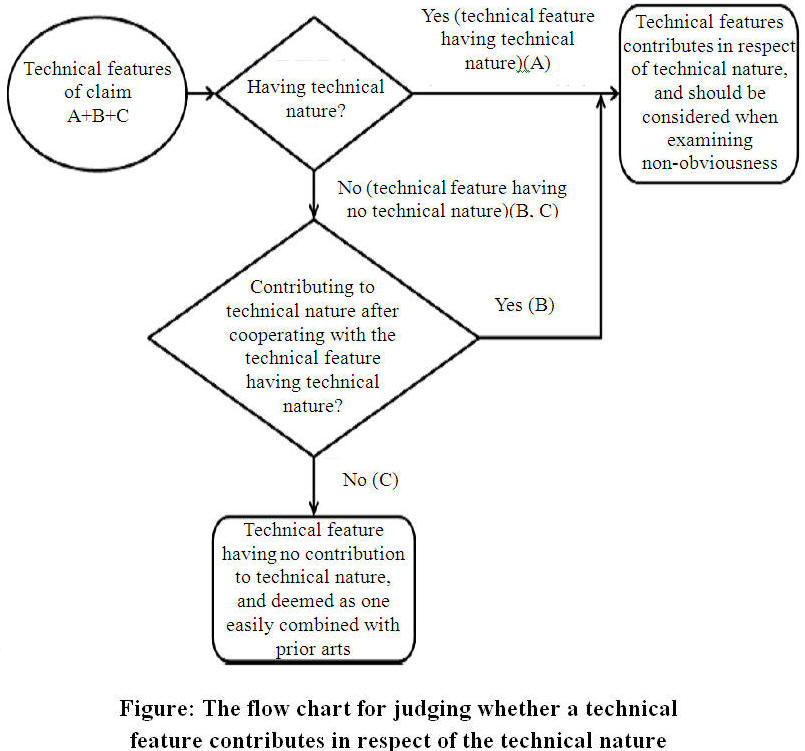|
Summary of the amendments of Taiwan Patent Examination Guide on Part II, Chapter 12, Computer Software Related Invention - III Yu-Li Tsai, Patent Attorney ¡½ Bachelor of EE from National Taiwan University ¡½ Master of Telecommunications from National Taiwan University ¡½ IP Master from New Hampshire Law School (Franklin Pierce¡@ 5. Definiteness of Claim A claim for a computer software related invention is usually drafted using the language of general-function-defined object or means-plus-function. Regarding a general-function-defined object claim, to be definite, the skilled person in the art of the invention must be able to concretely imagine a hardware component or software module in view of the common knowledge at the time of filing for the function. Regarding a means (step)-plus-function claim, if the specification fails to recite the structure, material, operation corresponding to the function or computer program algorithm or hardware component achieving the function, then it will render the claim indefinite and cannot be supported by the specification, and at the same time will fail to meet the enablement requirement. 6. Features Having No Contribution To Technical Nature An invention under the Patent Act must have a technical nature, specifically, the means of solving the problems must involve the technical means of the technical field. An invention protects the creation of technical ideas which utilize natural laws, and the examination of its patentability is generally based on all the technical features recited in the claims. Therefore, when examining the novelty of the invention claims, any example of the prior art that discloses all of the technical features recited in the claims will result in a lack of novelty. However, because the applicant may recite technical features that do not have a technical nature in the claims of a computer software related invention, when examining the non-obviousness, one shall consider whether the technical features that do not make a technical nature have contributions to the one having a technical nature. In a computer software related invention, if a feature recited in a claim has a technical nature, then the feature makes a contribution to the technical nature; if the technical feature does not have a technical nature, then one shall judge whether it contributes to the technical nature of the claim after cooperating with a technical feature having the technical nature; if the technical feature does not have a technical nature, and fails to cooperate with a technical feature having the technical nature and thus, does not belong to a part of the technical means which solves the problems, then it shall be deemed as a utilization of prior art and can be easily combined with other prior art. Therefore, as illustrated in the flow charts below, a claim partially recites a feature having a technical nature (A: image processing device), and at the same time partially recites the features having no technical nature (B: ¡§mathematical formula¡¨ for the image processing device; C: business method of ¡§distributing as a gift¡¨). In this situation, the claim includes feature (A) having a technical nature, so the claim as a whole meets the definition of an invention; however, when judging whether the claim meets the requirement of non-obviousness, the examiner only needs to compare ¡§the feature contributing in respect of the technical nature¡¨ ¡V feature (A) having a technical nature, and feature (B) cooperating with a technical feature having the technical nature and belonging to a part of the technical means which solves the problems. The remaining technical feature (C) ¡§having no contribution in respect of the technical nature¡¨ shall be deemed as a utilization of the prior art and can be easily combined with other prior arts. ¡@
¡@ |
